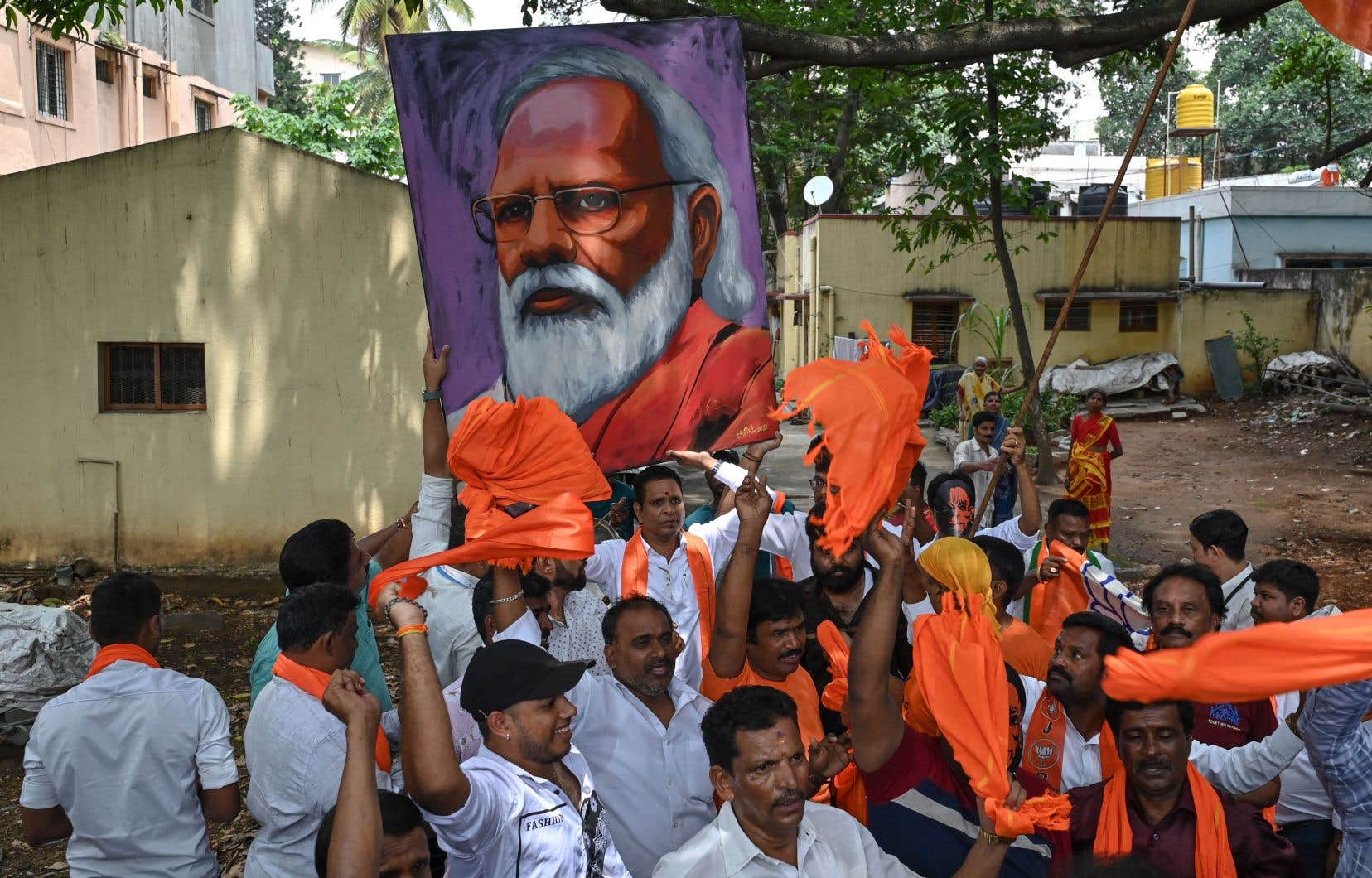Macedonia became the Republic of North Macedonia in 2019, Swaziland the Kingdom of Eswatini in 2018, Upper Volta became Burkina Faso in 1984, and the list goes on. Let’s think of New France or Lower Canada. Changing a country’s name often reflects a political choice rather than a simple aesthetic preference.
So could it be India’s turn to change to Bharat, the Hindi version of its name? Speculation has been rife since the country’s President, Draupadi Murmu, used the term “President of Bharat” rather than “President of India” in her official communications at the G20 earlier this month. Prime Minister Narendra Modi has also repeatedly prioritized the term in his communications in recent years.
Bharat, the Sanskrit name for India, is already one of the country’s two official names, used mostly by Hindi speakers. But according to Indian media sources, Modi plans to table a resolution to make an official change in nomenclature during the five-day special parliamentary session which begins on September 18.
Observers took pleasure in calculating the cost of such a change in nomenclature. According to the calculation of a South African intellectual property rights lawyer, such a change could cost $172 million or more, depending on the mechanisms used to change the name in all the country’s institutions. The model used models the cost of changing the name of a country on that of a large company (which is around 6% of its revenues).
The imperialism of Hinduism
Hindu nationalist activists from Modi’s party (who mostly speak Hindi), the Bharatiya Janata Party (BJP) or “Indian People’s Party”, have long wanted to change the name of the country. The term India is for them a symbol of British colonialism, since Great Britain ruled the country from 1757 until the country’s independence in 1947. Such a nomenclature movement is likely to please BJP voters, especially those in the north of the country, on the eve of the 2024 Indian general elections.
The BJP has already changed the name of several cities in order to distance itself from the British heritage (or that of the Muslim Mughal empire): the cities of Maharashtra Aurangabad and Osmanabad have become Chhatrapati Sambhaji Nagar and Dharashiv, and the city of Allahabad in Uttar Pradesh became Prayagraj. This is of course a movement to eliminate non-Hindu influences from the Indian landscape, to strengthen a common religiously Hindu and linguistically Hindi identity, harshly imposed over the years on many Indian minority communities.
The ostracization of Indian Muslims from Gujarat, where my ancestors come from, has particularly been reinforced since the election of the BJP.
This desire to Hinduize India is seen by many as yet another imperialist endeavor by Delhi, which for many parts of India is worse than British colonialism. I remember that, in several regions, people prefer to speak to tourists in English rather than in Hindi, the latter being a language imposed by Delhi on different linguistic (or religious) minorities in the country, whether Gujarati, Punjabi or Bengali speakers. , or even Muslims or Catholics.
The adoption of a common language for the Indian subcontinent, one of the most heterogeneous regions in the world, was a major debate during the establishment of the national Constitution of 1950. Originally, Hindi became the official language of the country, while English would continue to be used for a period of fifteen years. But, in 1965, several non-Hindi states emphasized the importance of retaining English as the institutional language.
After numerous uprisings, Indian Prime Minister Jawaharlal Nehru finally proposed the adoption of the Languages Act in 1963 to allow the use of English under certain conditions, a law which was reinforced by his daughter, Indira Gandhi, Prime Minister of the country of 1966 to 1977 then from 1980 to 1984. Thus, the adoption of a new national name which would strengthen Hindi as the official language will have nothing to please the twenty-eight states and eight Indian territories.
Beyond the cost of such a change, it may take decades for it to be effective. It took a long time for Ceylon to be recognized as Sri Lanka after 1972 or Siam as Thailand after 1948. And many of us probably still use Burma for Myanmar.
